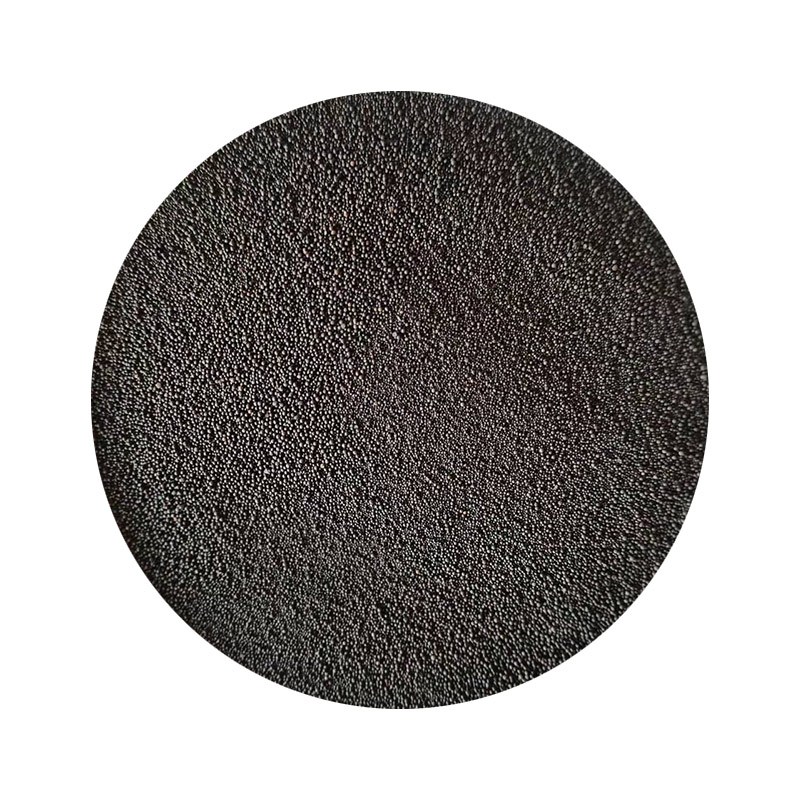

A strong emphasis on quality control is paramount. Scrutiny at every stage of production guarantees the integrity and functionality of the castings. This attention to detail fosters trustworthiness in the products produced, affirming their reputation for reliability. Robust iron castings extend the life cycle of machinery, reduce maintenance costs, and enhance overall operational efficiency. Technological advancements have further elevated the iron sand casting process. The integration of computer-aided design (CAD) allows for enhanced precision in mold and pattern making. Furthermore, computer simulations and predictive analytics enable the anticipation of casting defects and optimization of the manufacturing process. These advancements not only uphold industry standards but also push the boundaries of what is possible within product design and functionality. In terms of environmental considerations, the sand used in iron casting is often recycled, diminishing the ecological impact of the casting process. Companies are increasingly adopting sustainable practices by investing in technology that reduces emissions and energy usage. As such, iron sand casting stands as an example of balancing industrial demands with environmental responsibility. The authoritativeness of iron sand casting is exemplified by its extensive application in critical national infrastructure projects and defense mechanisms, where the reliability of materials and components is non-negotiable. This aspect alone underscores the casting technique's credibility, further cemented by compliance with international standards and certifications. In conclusion, iron sand casting is not merely a manufacturing process but a pivotal facilitator of industrial progress. Its sustainability, coupled with its adaptability to modern technological practices, guarantees its ongoing relevance. As industries continue to evolve, iron sand casting remains a cornerstone of innovation, embodying an enduring legacy of craftsmanship, expertise, and trust. Post time:лют . 14, 2025 01:36
Next:high quality sand casting
